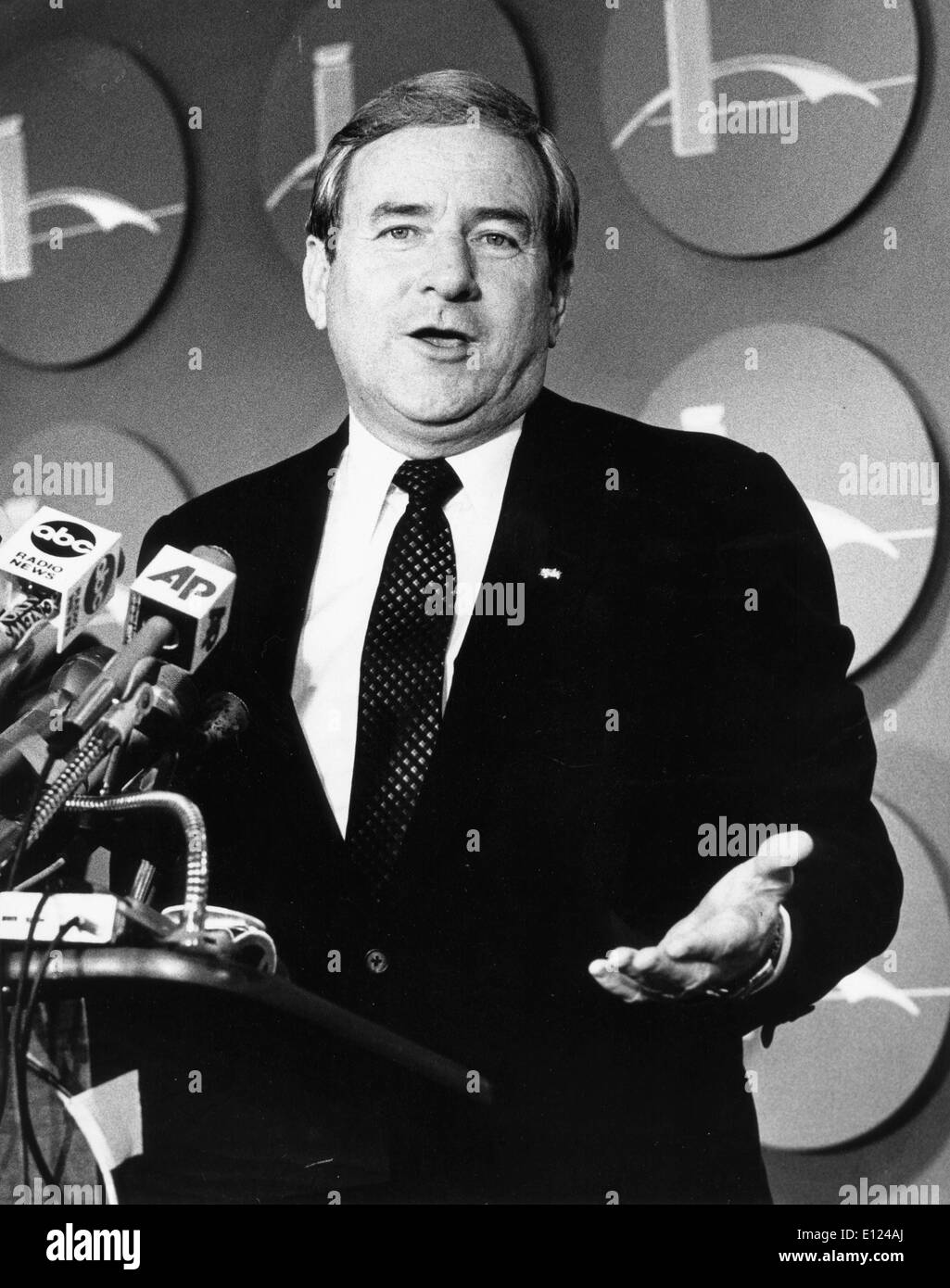

“A hectare was expected to yield 8 to 12 tons of tannin bark and 40 tons of wood depending on depth and nature of soil.” – Sabie BlogĮB Gleaser was appointed by TGME to start the planting scheme. Thereafter, McKenzie drew up instructions for the optimal planting and growing conditions for Black Wattle. He set out to investigate the climate and other factors in the Sabie area. McKenzie from Dalton was appointed to assess the area, soil and more and come up with a tree-planting scheme that would be efficient and profitable. This tree-planting scheme was planned out for Elandsdrift, an area close to Sabie. The high demand was mainly coming from the mining industry in the Sabie/Pilgrims Rest area. In 1910 TGME was planning a tree-planting scheme due to the high demand. The first Corporate Forester of Mpumalanga He planted the first trees in 1876, which slowly started the conversion of the area from mining to forestry. The first forester to start a commercial forest was Joseph Brook Shires. With this influx of people and the mining industry booming it was pertinent to get timber for underground mining supports etc. Gold.Īfter this, there was a mass of settlers making their way to Sabie in order to mine the gold.

It is said that during a hunting expedition led by Henry Thomas Glynn (1871), a bullet hit an escarpment which revealed the treasure beneath. The settlers moved around the area to explore and hunt. The Forester that began it allĪfter the initial discovery of gold in Pilgrims Rest in the year 1873 a flood of settlers made Pilgrim’s Rest their home. TTherefore, Sabie is an adaption from uluSaba. The name of the town originated from these tribes, they called it “uluSaba” which translates to “the river of fear” due to the fact that the Sabie river was always crawling with crocodiles. The town had many settlers during the years since the 1820’s there have been various communities like the Swazi’s, Zulu’s and Shangaan tribes. While Sabie is now known for one of the largest man-made forests in the world, this town did not originate due to forestry. “Experience the picturesque beauty of nature in and around Sabie – a small country town nestled in the majestic Drakensberg escarpment mountains of the Mpumalanga province, South Africa” – Sabie Get some Forestry Facts, the founding foresters/companies and what forestry means to the community today. Therefore, if you want to know how this area became the hotspot for Forestry in South Africa, you’ve come to the right place. In this week’s post, we will discover more about the first forester and the history of Sabie. Sabie, Mpumalanga is well known for its picturesque views, holiday vibe, and friendly people.


 0 kommentar(er)
0 kommentar(er)
